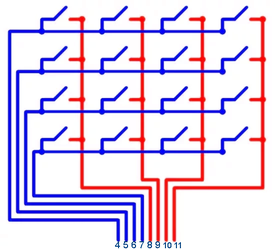Massless explanation of dark matter or light in a gravitational shell
To test his hypothesis, Liu suggests taking a closer look at the pattern of light bending near a large object. He believes that light can not only be bent, but also measurably slide to the bottom of such a topological defect, or bend around it in a parabola. If such an effect could be observed in the presence of a heavy object (for example, a neutron star), and then in the absence of any source of gravity, then in the second case this would mean that we had found an empty “shell”, on the inner surface of which negative mass. In addition, the hypothesis could be tested by observing exactly how a new galaxy cluster is formed, whether the galaxies follow concentric trajectories resembling a distribution along the inner surface of a bowl.
Conclusion
At this stage, Liu's hypothesis provides one very simple and attractive answer to the question “how to solve the dark matter problem?”, but it raises too many questions. On the Ifscience website, Liu's solution is even compared With Ptolemaic epicycles, that is, with a grandiose crutch of a cosmological scale. Liu himself, in one of his interviews, carefully calls his theory “interesting math exercise“—and this is exactly what Nicolaus Copernicus initially spoke about the heliocentric system of the world. In any case, the problem of the undetectability of dark matter requires a solution, and Liu’s version seemed quite elegant to me.





